The lion, with its majestic mane and powerful presence, has been celebrated as the “King of the Jungle” in popular culture. Despite not actually living in the jungle, the title persists across various cultures and media. This enigmatic title is attributed to a combination of characteristics that make the lion a symbol of strength, courage, and dominance. In this article, we will explore the origins of this royal reputation, its representation across different cultures, and its influence in modern-day media.
The Origin of the Lion’s Regal Title
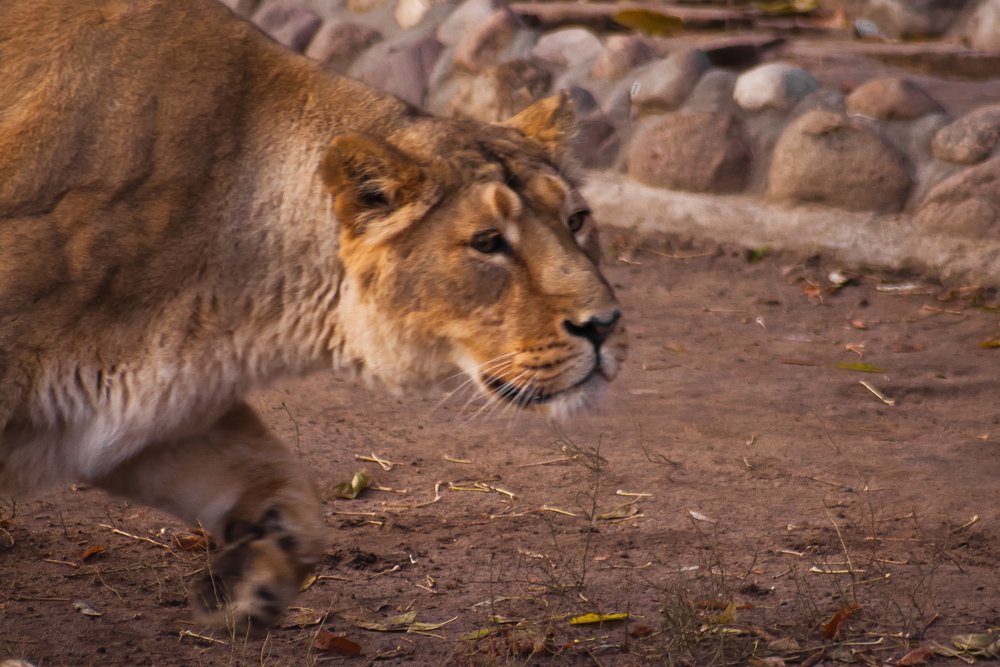
The phrase “King of the Jungle” is a misnomer, as lions primarily inhabit grasslands and savannas in Africa. The title seems to have emerged from the lion’s apex status in its environment, where no other animal preys on it. Its status as a dominant predator has naturally translated into a metaphor for royalty and superiority, giving rise to its regal title.
Symbolism in Ancient Civilizations
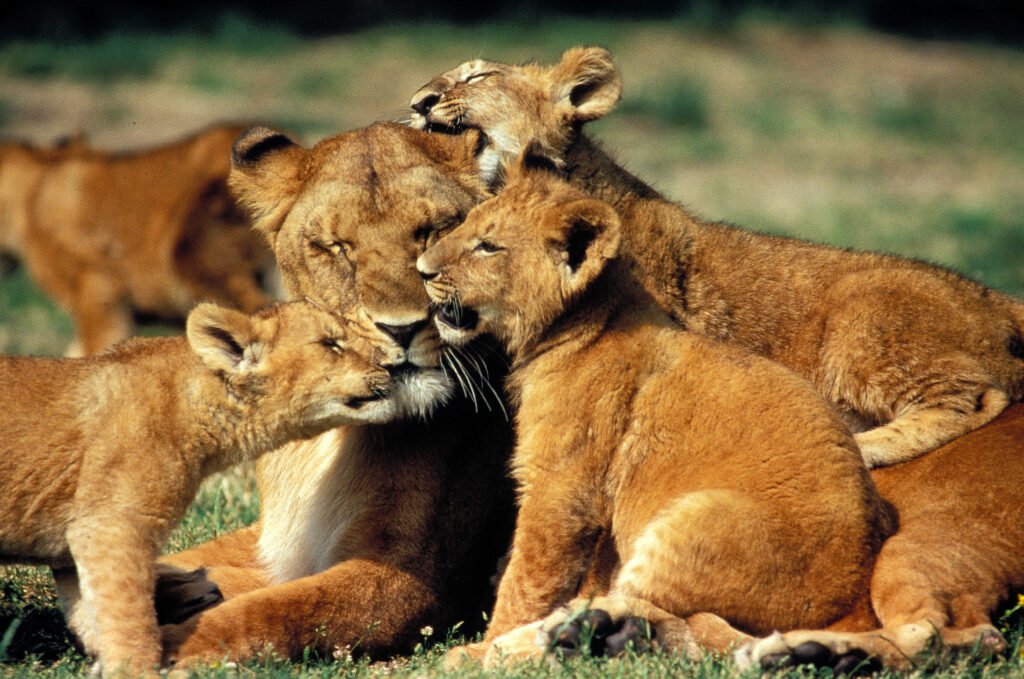
The lion’s royal reputation can be traced back to ancient civilizations. In Egypt, lions were associated with the pharaohs, symbolizing power and protection. The Sumerians and Babylonians often depicted deities as part-lion, emphasizing divine strength and authority. This historical symbolism laid the groundwork for the lion’s association with royalty.
Lions in Folklore and Mythology
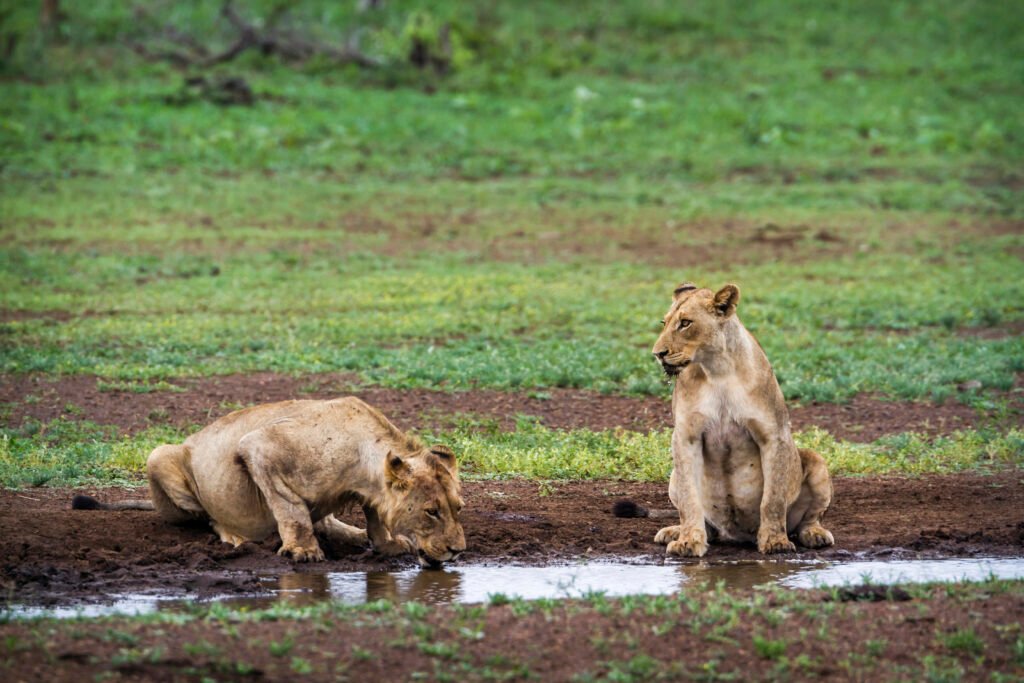
Mythologies around the world feature lions prominently. In Greek mythology, the Nemean Lion was an indomitable beast slain by Hercules as one of his twelve labors. The lion’s indestructible attributes emphasized the hero’s strength. Similarly, in Hindu mythology, the lion-headed Narasimha avatar of Vishnu symbolizes the destruction of evil. These stories collectively underscore the lion’s role as a powerful and protective figure.
The Lion in Eastern Traditions

In Asian cultures, the lion is revered as a protector. Traditional Chinese art often depicts the guardian Lion-dogs or “Foo dogs” at the entrances of temples and homes, symbolizing protection against evil spirits. Similarly, the Lion Dance performed during Chinese New Year celebrations is believed to bring good fortune and drive away misfortune.
Medieval Heraldry and Royal Imagery
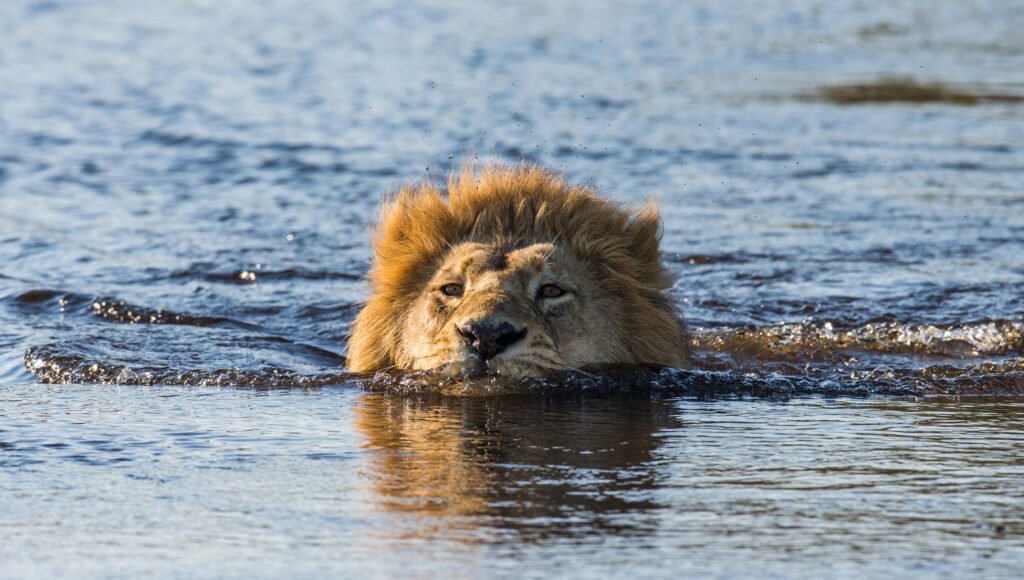
During the medieval period, the lion became a prominent symbol in heraldry. European nobility commonly used lions on coats of arms to denote courage, nobility, and leadership. The heraldic lion became synonymous with royalty, as seen in the arms of English and Scottish kings. This association with nobility further cemented the lion’s image as a regal creature.
Lions in Literature and Art
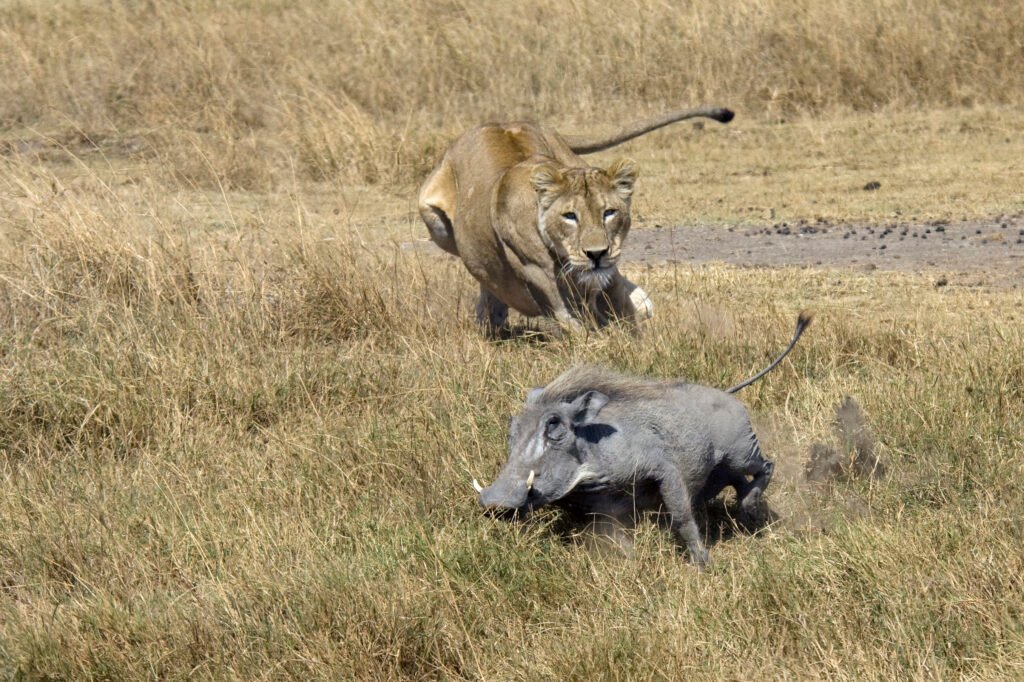
Lions have held an esteemed position in literature and art, often symbolizing authority and magnificence. C.S. Lewis’ character Aslan, in “The Chronicles of Narnia,” is a lion who represents wisdom and leadership. In art, lions frequently appear as symbols of valor and supremacy, reinforcing their royal imagery.
The Lion’s Role in Films and Popular Media
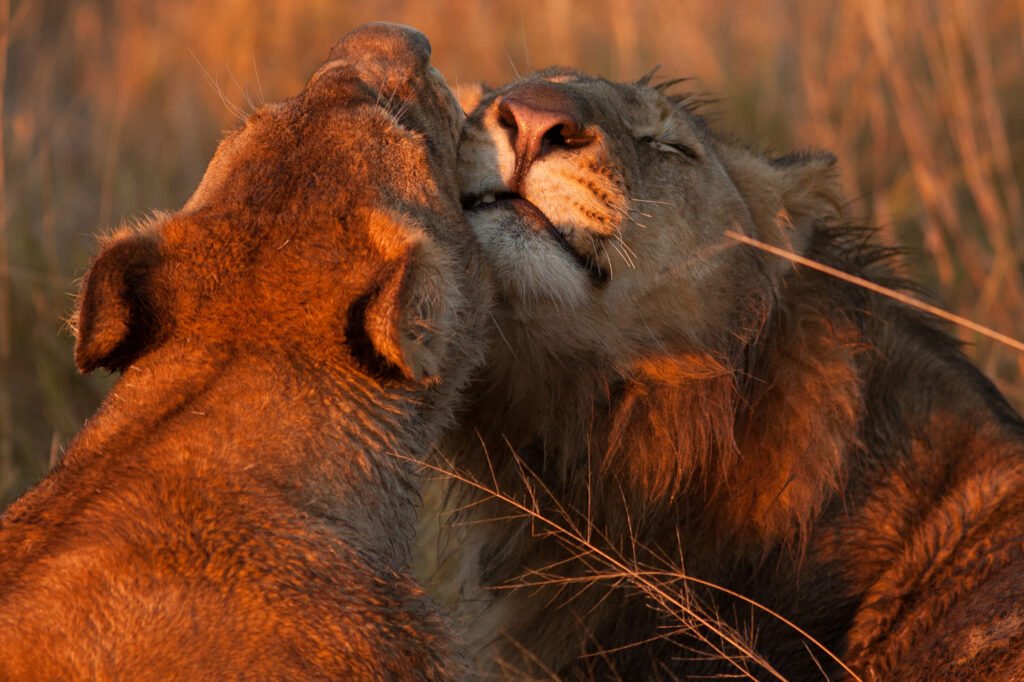
Modern films have further solidified the lion’s regal status, with productions like Disney’s “The Lion King” portraying the lion as a rightful ruler, facing challenges with dignity and strength. This portrayal reflects deep-rooted cultural narratives about leadership and the cycle of life, enhancing the lion’s kingly status in popular imagination.
The Lion’s Influence on Brands and Logos
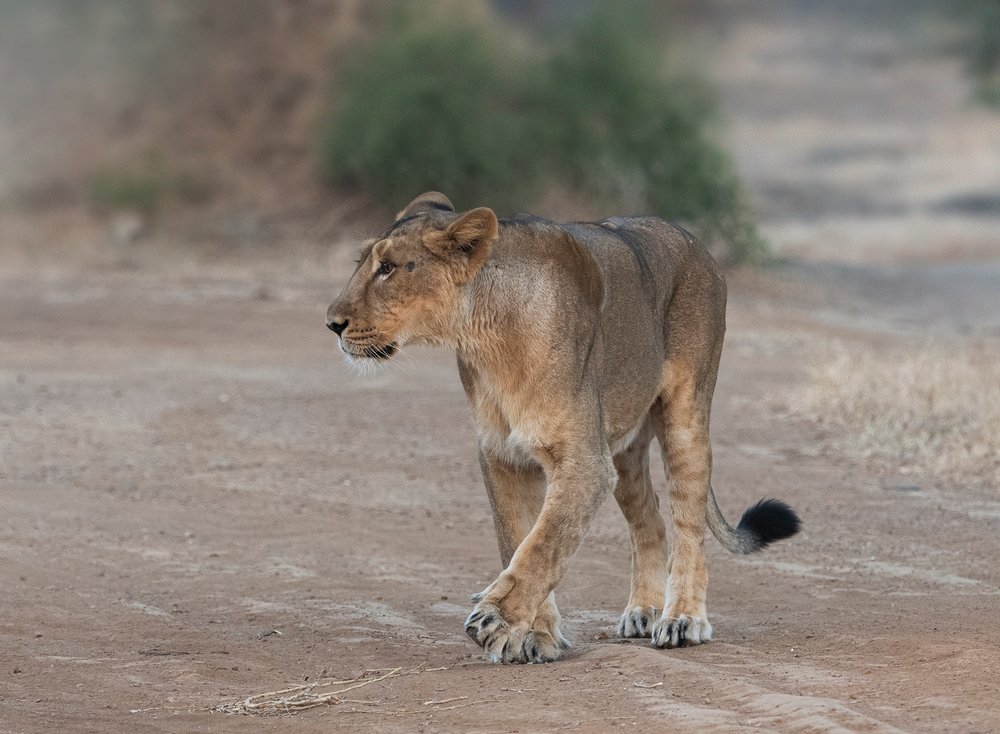
Lions are frequently used in logos and branding to convey power and authority. Products ranging from automobiles to sports teams feature lions in their branding to evoke a sense of prestige and reliability, drawing on the lion’s longstanding symbolism as a leader and protector.
Protecting the King of Beasts
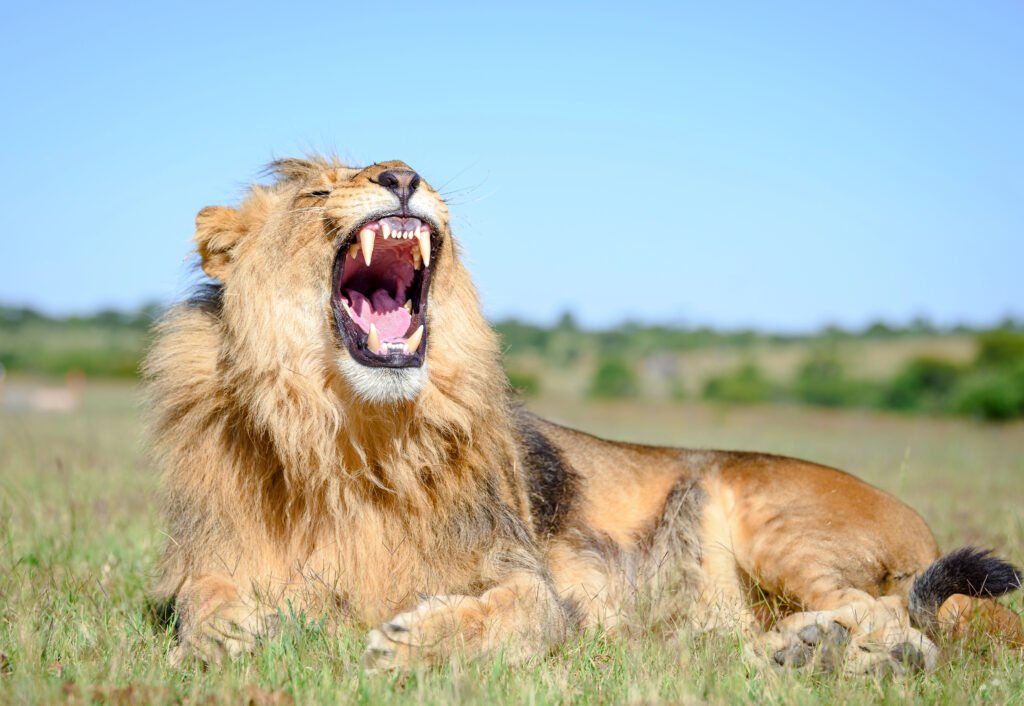
Despite their cultural popularity, lions face numerous threats in the wild, including habitat loss and human-wildlife conflict. Conservation organizations are actively working to protect lion populations through initiatives that promote coexistence between humans and lions. Safeguarding the “King of Beasts” ensures that future generations can continue to be inspired by these majestic creatures.
The Enduring Legacy of the Lion
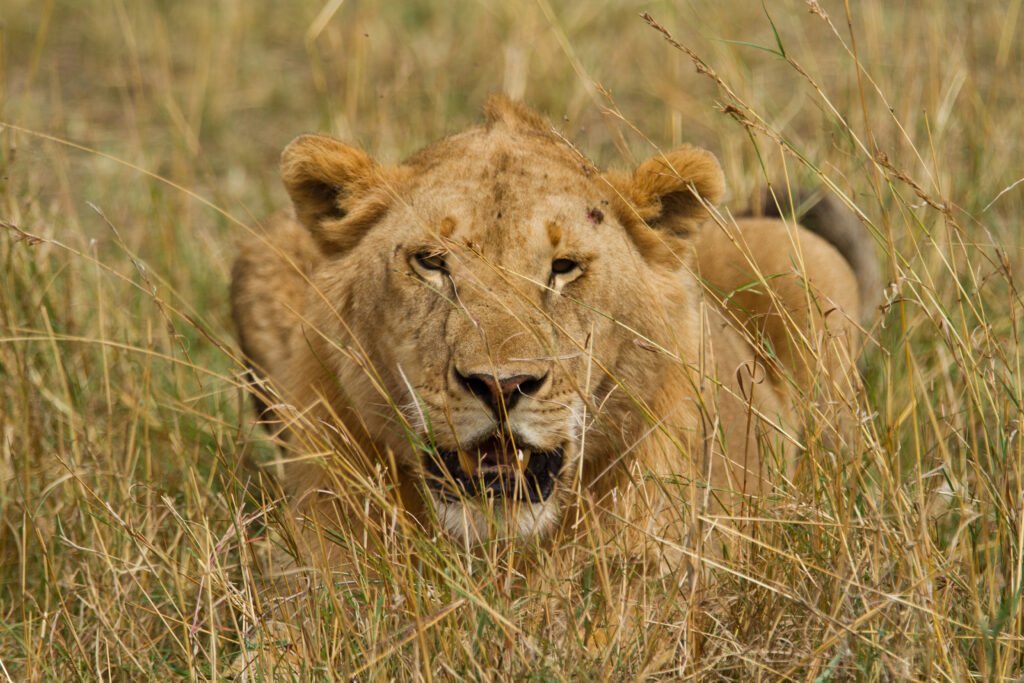
The lion’s status as the “King of the Jungle” in popular culture has roots in ancient symbolism, mythology, art, and literature. This regal image is perpetuated in modern media and branding, securing its place in global cultural consciousness. As efforts to conserve wild lions continue, it becomes increasingly important to recognize and preserve the legacy of this magnificent creature that has captured our imaginations for centuries.

Suhail Ahmed is a passionate digital professional and nature enthusiast with over 8 years of experience in content strategy, SEO, web development, and digital operations. Alongside his freelance journey, Suhail actively contributes to nature and wildlife platforms like Feline Fam, where he channels his curiosity for the Feline into engaging, educational storytelling.
With a strong background in managing digital ecosystems — from ecommerce stores and WordPress websites to social media and automation — Suhail merges technical precision with creative insight. His content reflects a rare balance: SEO-friendly yet deeply human, data-informed yet emotionally resonant.
Driven by a love for discovery and storytelling, Suhail believes in using digital platforms to amplify causes that matter — especially those protecting Earth’s biodiversity and inspiring sustainable living. Whether he’s managing online projects or crafting wildlife content, his goal remains the same: to inform, inspire, and leave a positive digital footprint.






